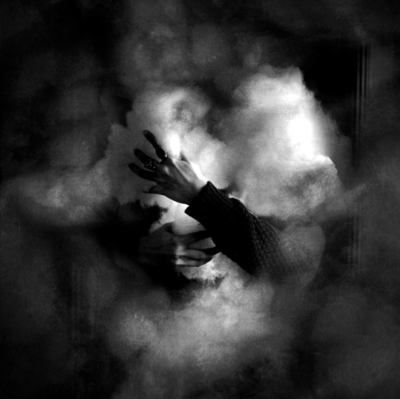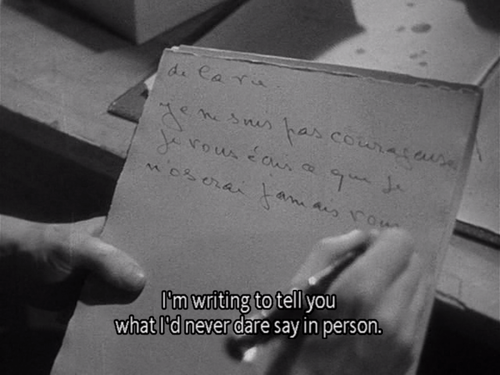decentre redux
It’s been 8 years since the publication of YYZ’s decentre: concerning artist-run culture where we published 103 short responses to questions examining artist-run culture and its environment. We would like to hear your opinions again in preparation for a public talk organized in partnership with Onsite Gallery at OCAD University to happen this October.
- What interests you most about artist-run culture today in 2016?
I live in a city newly dedicated as showcase and pump primer for the neo-liberal project. Who can afford to live here? And who will want to when real estate moguls large and small (how much of your mortgage is your basement-apartment-tenant carrying?) succeed in driving out everything that is not A-list culture. Despite its too obvious failures, its democratic elitism and in-crowd lingoisms, artist-runs remain a place of potential resistance, which is not only the oft-remarked negativity of the avant, but the celebration of a new conversation where small isn’t just beautiful but the necessary ground where newly felt sensations might pry apart old crusts of certitude until our bodies can become questions again.
- What is the most innovative public programme, exhibition or event you have seen lately in an artist-run centre?
The Toronto Queer Film Fest laid up by Kami Chisholm and Aimée Mitchell and a clutch of volunteers in summer 2016 was the standard bearer for movies that mattered. No grants, no corporate subsidies, no trailers, no logos. The programming was outstanding, the discussions were a surprise, the DJs delirious. They made it happen because the queer fest that used to be run by radicals has grown large enough to be kissed by a bank, and the uncomfortable, the disgusting, the difficult, the local, and the mysterious had been banished. Before the show we stood in a line that stretched to the street, and I couldn’t name a person in it, that’s how relieving it was. How young they were, how young we were all asked to become. What is left except to give thanks?.
- What is the greatest challenge facing artists today within the artist-run milieu?
How to take the next step? How to keep fear from swallowing everything? How to acknowledge the old beauty without having to get down and worship it in your own mirror-like fascination? Did I mention fear? When the disappointments come, when the curtain falls and you’re on the wrong side of it, when no one but your best friend has a fuck to give about whatever you’re turning towards, then? Did I mention fear?
- How can artist-run centres better assist current artists’ practices?
The deadening virus of bureaucracy has been widely administered by the well-intentioned doyennes of the arts councils, ensuring that a nation of lookalike artocats are well buried in their Apple defense mechanisms. Instead of understanding themselves as service orgs dedicated to meeting the needs of their communities, ARCS are encouraged to brand their perfumes. And who has time to speak to artists anymore? There’s not enough hours on the clock after filling out the administrative wet dream of a CADAC budget, or learning the grantspeak that turns too many artist-run encounters towards the vanishing point of the triumphal institution itself, where artists are asked to stage, edify, reflect upon, dig into the archives… all so that honour and glory can be carried to the monied masters at year end.
- What are the failings of artist-run centres?
No artist-run centre employee should work for more than ten years in an org. Please do yourself a favour, and your org and community a favour. Please go. We’ll throw you a hundred parties. But please let someone else run the show for a while. Many folks – who may be unfailingly kind, smarter than the average bear, excellent dressers – many of them post-boomers – are clinging to jobs well past their best-by date. Too certain of what art is, and how their joint might deliver it. There is an entire generation of young artists who have been left behind. Will it never be their turn?
- What is your best experience in an artist-run centre (as an exhibiting artist, patron or cultural worker)?
The kindness of strangers is alive and well in artist-run centres. Tim Dallett’s round-the-clock, artist-service machine which he lit up at Gallery 101 and then at PAVED was exemplary. The way Paul Wong talks, his elegant slouching, the way he throws his face into a different pose before adopting a completely different position in the non-argument you’ve been having, the way he’s still alive to what’s happening right now, it’s as if he’s inhaled a lifetime of artist-run centre all-night-a-thons and let it become who he is.
- What is your worst experience in an artist-run centre (as an exhibiting artist, patron or cultural worker)?
The culture of complaint. The way each projected wrong is sucked on and savoured, then passed along. Let’s call it the sweetness of the bitter. The song feels irresistible too often, until I’m singing it too, all those dark words, until we get so small we can’t see each other anymore, and it’s time to go home.
- How can we reinvent/redefine artist-run centres?
If we knew we wouldn’t be asking these questions. What is the sentence that needs to be written, the painting that needs to be painted, the movie that changes the way someone’s best friend sees movies forever? Those answers live in the body.

